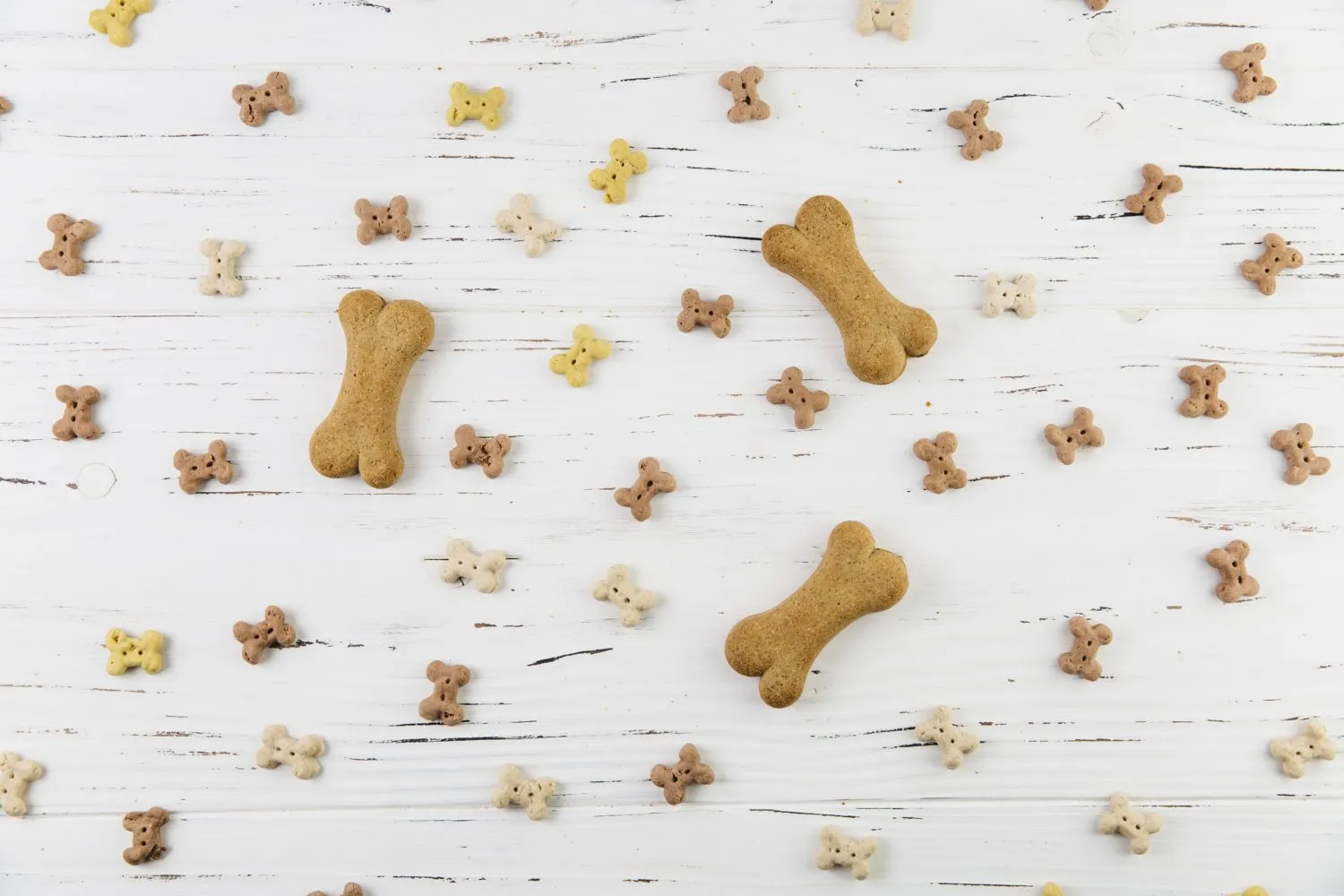Bringing a new puppy home is an exciting experience, often accompanied by the goal of successful crate training. While many puppies adapt well to their crates at night, daytime crating can present a unique set of challenges. If you’re a devoted pet parent struggling with a 5-month-old puppy who prefers napping anywhere but their crate during the day, despite showing comfort with it at night and for meals, you’re not alone. This guide will delve into effective strategies for managing a puppy who fusses in their crate during the day, ensuring a positive association and promoting peaceful naps.
Understanding Your Puppy’s Crate Behavior
It’s truly frustrating when you’re diligently following expert advice, yet your puppy’s daytime crate behavior remains inconsistent. To effectively address this, it’s crucial to understand the underlying function of your puppy’s actions. Dog trainers often use the “ABC’s of training” to analyze behavior:
- Antecedent (A): The cue or trigger for the behavior. In this case, placing your puppy in the crate during the day.
- Behavior (B): What the puppy does in response, such as fussing, barking, or whining.
- Consequence (C): What happens immediately after the behavior, which ultimately drives whether the behavior continues.
If your puppy fusses and you consistently let them out, the consequence (getting released) reinforces the fussing behavior. Even if you’re not letting them out, any form of attention, like looking at or talking to them, can inadvertently reinforce the behavior.
Fussing Versus Panicking: A Critical Distinction
There’s a significant difference between a puppy vocalizing to be let out and one experiencing a panic attack. While some whining and barking are normal protests, signs of panic might include intense, continuous screaming, excessive drooling, destructive attempts to escape, or frantic pacing. If you suspect your puppy is genuinely panicking, immediate intervention and a complete reset of your crate training approach are necessary. In such cases, avoid situations that trigger panic and consider alternative safe spaces, like a baby-gated kitchen, until you can rebuild a positive crate association. This temporary solution can help prevent further negative experiences with the crate.
Strategies for Encouraging Calm Crate Time
If your puppy is primarily fussing rather than panicking, here are several techniques to reinforce quiet and calm behavior in the crate:
Reinforcing Quiet Through Departure and Return
If your puppy barks or fusses as you approach their crate, immediately turn and walk away. Wait for a few seconds of quiet, then approach again. Repeat this pattern. The goal is for your puppy to learn that barking makes you leave, while quiet behavior is the only way to earn your return and eventual release. Gradually increase the required duration of quiet before opening the crate door. Dogs have a short association period (around 1 second), so even a few seconds of silence before release can make a difference.
Remote Rewarding for Distance Reinforcement
For puppies that find food highly reinforcing, a remote treat dispenser (like a Manners Minder) can be incredibly effective. This tool allows you to deliver treats from a distance, rewarding quiet behavior without approaching the crate and potentially triggering a fresh bout of fussing. Alternatively, you can practice tossing treats into the crate from a distance when your puppy is calm. Keep the delivery rate high initially to maintain engagement, then gradually decrease it as your puppy settles.
 dog treats in bone shapes spread on a table
dog treats in bone shapes spread on a table
The Power of Crate Location and Socialization
A common reason for daytime crate fussing, especially if nighttime crating is successful, might be social isolation. While your puppy might sleep well in their crate at night when the household is quiet, they may struggle during the day if the crate is in an isolated location while you are active elsewhere. Dogs are social creatures and often associate the crate with being alone.
Consider having multiple crates or moving your current crate to a more social area during the day. If you work from a home office, place the crate in a corner of that room. In the evening, move it to the living room where your family spends time. The initial lessons about the crate shouldn’t be that it means isolation. Once your puppy is well-trained, a more isolated crate location may be acceptable, but starting in a social hub builds a stronger, positive foundation.
Restarting Crate Training with a Fresh Approach
If your puppy’s crate aversion is significant, or if you suspect panic, a complete restart of crate training might be the most effective solution.
Building Positive Associations in a New Location
Once the crate is in a more social location, begin by practicing “in and out” exercises with the crate door open. Ensure your puppy is 100% comfortable and happy with each step before moving on. Start by feeding meals with the door open, then gradually work up to feeding with the door closed for very brief periods, staying in the room with your puppy. Changing the crate’s location can help “reset” your puppy’s associations and allow you to start fresh.
Special Toys and Enrichment
During this training period, always provide a special, high-value toy when putting your puppy in the crate. Stuffed hollow toys or bones filled with canned food and frozen are excellent choices, as the licking action is soothing for dogs and provides a pleasurable distraction. If your puppy is too stressed to eat, go back to exercises with the door open until they can comfortably eat with the door closed. For more tips on calming your puppy, explore how to get your puppy to sleep through the night.
Gradual Departures and Varied Returns
Once your puppy is comfortable with short periods in the crate with the door closed and you present, start briefly leaving the room and returning. Begin with very short durations, perhaps 30 seconds, and gradually increase the time. Vary your return: sometimes come back and let them out immediately, other times return and sit down nearby for a few minutes before release. This teaches them that your departure doesn’t always lead to immediate freedom, building their tolerance for solitude.
Exercise Before Crating
A tired puppy is often a compliant puppy. Engage your puppy in a stimulating game or a good walk immediately before crating them for a nap. When physically and mentally satisfied, they have less energy to protest and are more likely to settle down and sleep. Remember, the goal is to put them in the crate to nap, rather than waiting for them to nap and then moving them. Consider training your puppy to walk on a leash to make these walks more enjoyable; learn how to train puppy to walk without leash for off-leash adventures once basic obedience is established.
 beagle dog walks on leash in grass
beagle dog walks on leash in grass
Making the Crate a Desirable Place
If your puppy consistently chooses to nap elsewhere even when the crate door is open and it’s made cozy, they might not have a strong positive association. Keep the crate door open when not actively training. Hide treats in the blankets for them to discover, or offer special toys that are only available inside the crate. Make the crate a “super soft and cozy” den. You can even play a game to build drive: place a very high-value item, like a favorite bone, inside the crate with the door shut. Let your puppy see it and try to get it from the outside. When they are very excited and eager to get in, give your crate cue and let them in to retrieve it. For insights on managing other common puppy behaviors, check out how do i keep my puppy from jumping on people.
Establishing a Consistent Routine
Dogs thrive on routine. If your puppy’s recent schedule didn’t include regular daytime crating, they might not generalize their nighttime crate acceptance to other times of the day. Dogs are highly contextual, meaning they learn behaviors in specific situations. We must work diligently to help them generalize these behaviors across various times and environments.
Incorporate specific crate times into your daily schedule. Meal times are perfect opportunities: breakfast in the crate, and after they finish and calm down, let them out. Later in the day, after playtime and a potty break, offer a chew bone in the crate. Allow them out for a couple of hours, then repeat the cycle. Also, utilize times when you can’t closely supervise your puppy, such as when you’re working out, showering, or eating, as built-in crate time. This consistent routine reinforces the crate as a normal and positive part of their day.
When to Seek Professional Guidance
You are clearly doing many things right, and your dedication to your puppy’s well-being is commendable. If, after implementing these tips and starting over with your training, you’re still facing significant challenges, it’s highly recommended to consult a Certified Professional Dog Trainer (CPDT). While articles and phone advice can be helpful, an in-person session with a trainer can provide the detailed observation and personalized strategies needed to identify the root cause of the issue and tailor solutions specifically for your puppy. A professional can offer invaluable insights into your puppy’s body language and behavior that are difficult to convey remotely. To find a certified dog trainer in your area, you can visit the Certification Council for Professional Dog Trainers (CCPDT) directory.
 checklist with checkmarks on a table
checklist with checkmarks on a table
With patience, consistency, and the right approach, you can help your puppy develop a strong, positive association with their crate, making it a comfortable and secure den for daytime naps and emergency situations alike.
